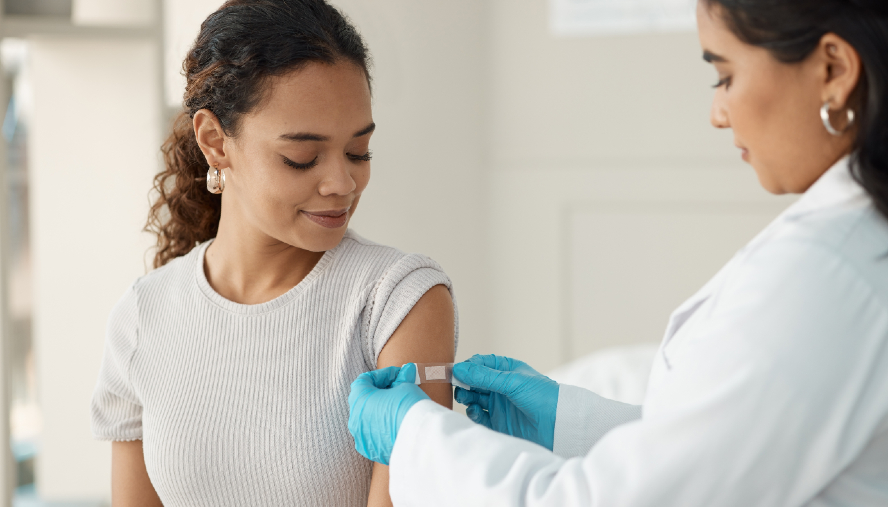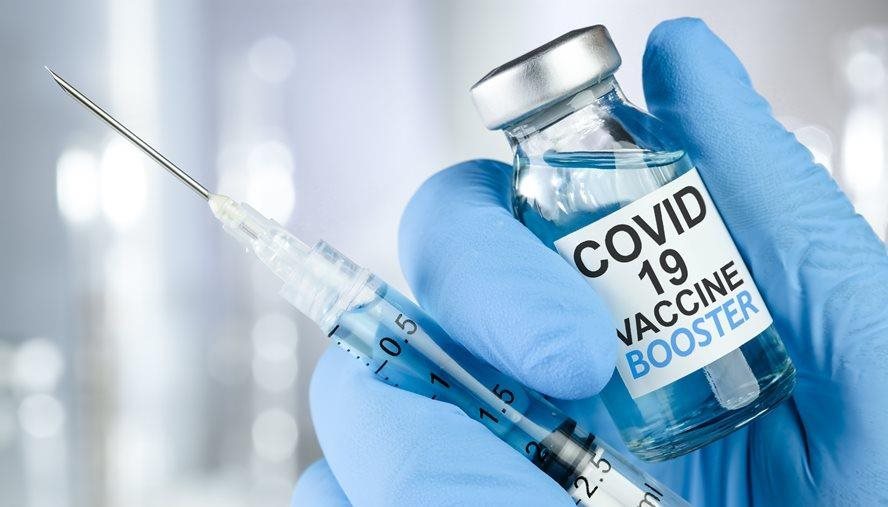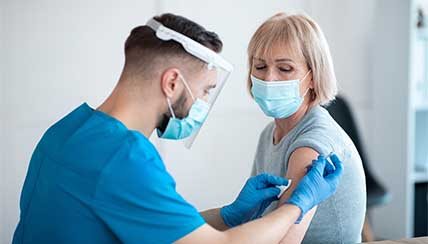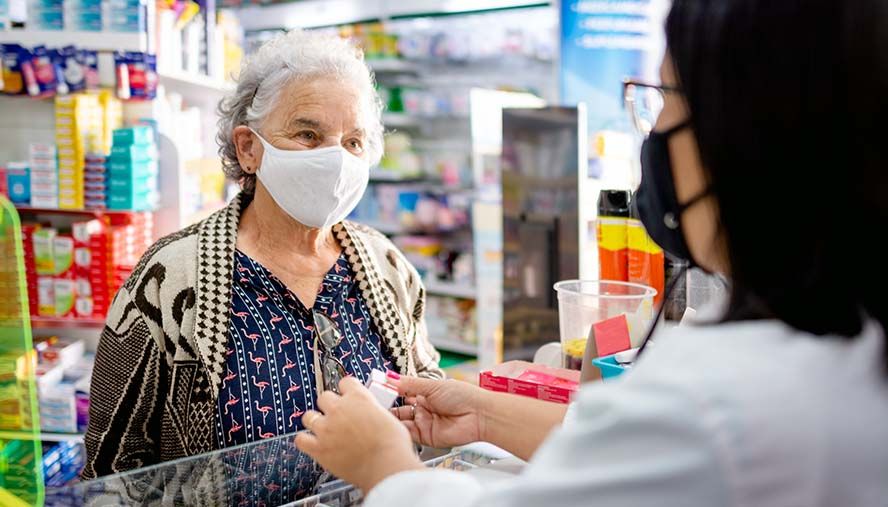Reviewed by Nathan Rabinovitch, MD
Pediatric COVID-19: Prevention
Protecting Your Children from COVID-19
The COVID-19 virus is primarily spread through droplets from coughs and sneezes or from touching objects that have been contaminated with the virus.
A virus can enter the body through the nose, mouth, eyes or skin. Once inside, it infects a host cell and then begins making copies of itself and moves into more cells. The immune system can protect the body from low-level attacks and adapt to viral infections so they won’t cause disease again or are less severe. Learn more.
The SARS-CoV-2 virus that causes COVID-19 can live up to three hours in the air. It can live up to 72 hours on porous surfaces such as stainless steel, plastic and glass. Flu viruses only last for a few hours in the air at lower temperatures and for 24 hours on hard surfaces. Learn more.
Currently, there is a COVID vaccine for children ages 5 and older. Learn more.
After vaccination, the best way to prevent getting infected is the same as other viruses:
Wash hands frequently with soap and water or hand sanitizer with at least 60 percent alcohol
Don’t touch the face with unwashed hands
Wear a facemask when in public. Children under two years of age should not wear a facemask
Keep six feet or more between you and others for social distancing
Disinfect frequently touched surfaces often
Self-isolate family member who become sick
Stay home when you have symptoms of COVID-19
Follow local public health guidelines
Babies and toddlers under age two should not wear masks. Because their airways are smaller, a mask can make it harder for them to breathe and can cause the baby to suffocate or choke. Parents need to avoid taking their infant or toddler into public areas, wash hands thoroughly before touching and feeding children and frequently clean and disinfect toys and other surfaces that kids can reach.
| The information on our website is medically reviewed and accurate at the time of publication. Due to the changing nature of the COVID-19 pandemic, information may have since changed. CDC.gov and your state’s health department may offer additional guidance. |




